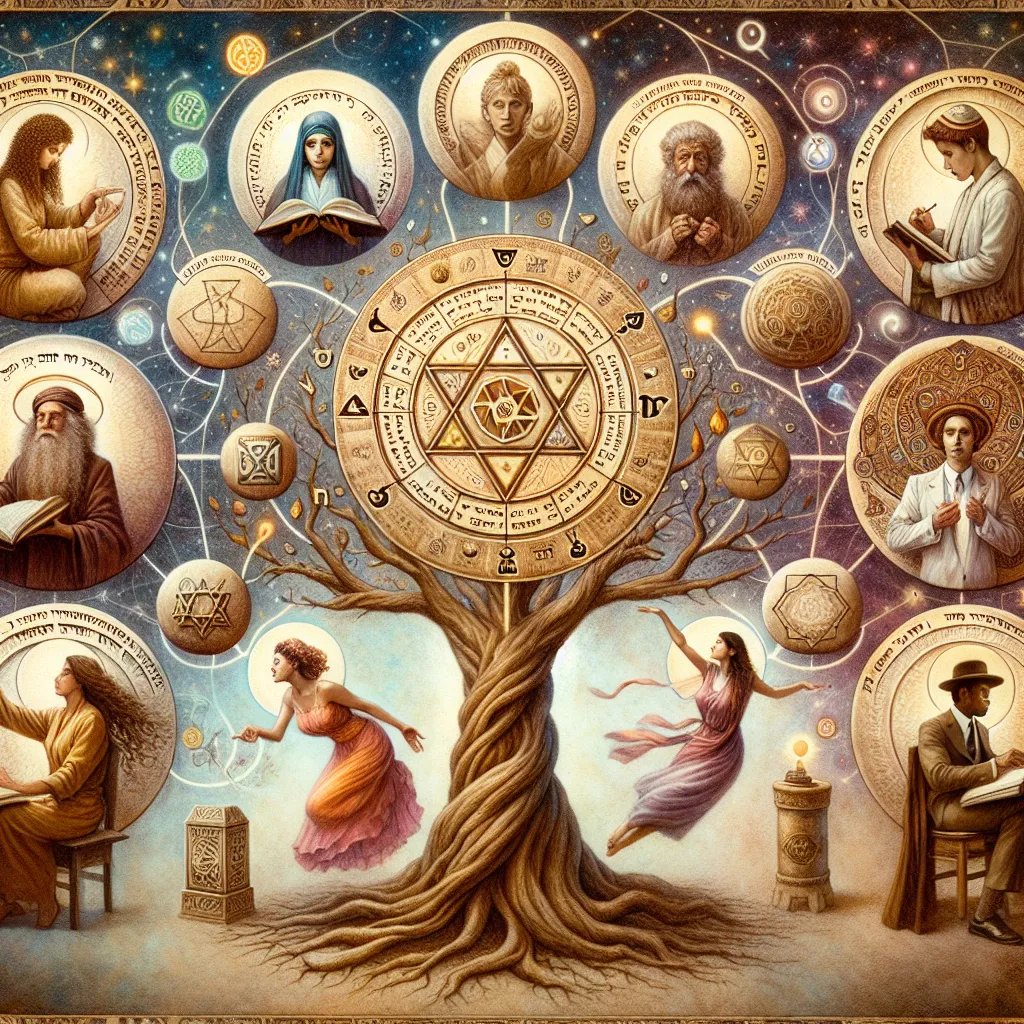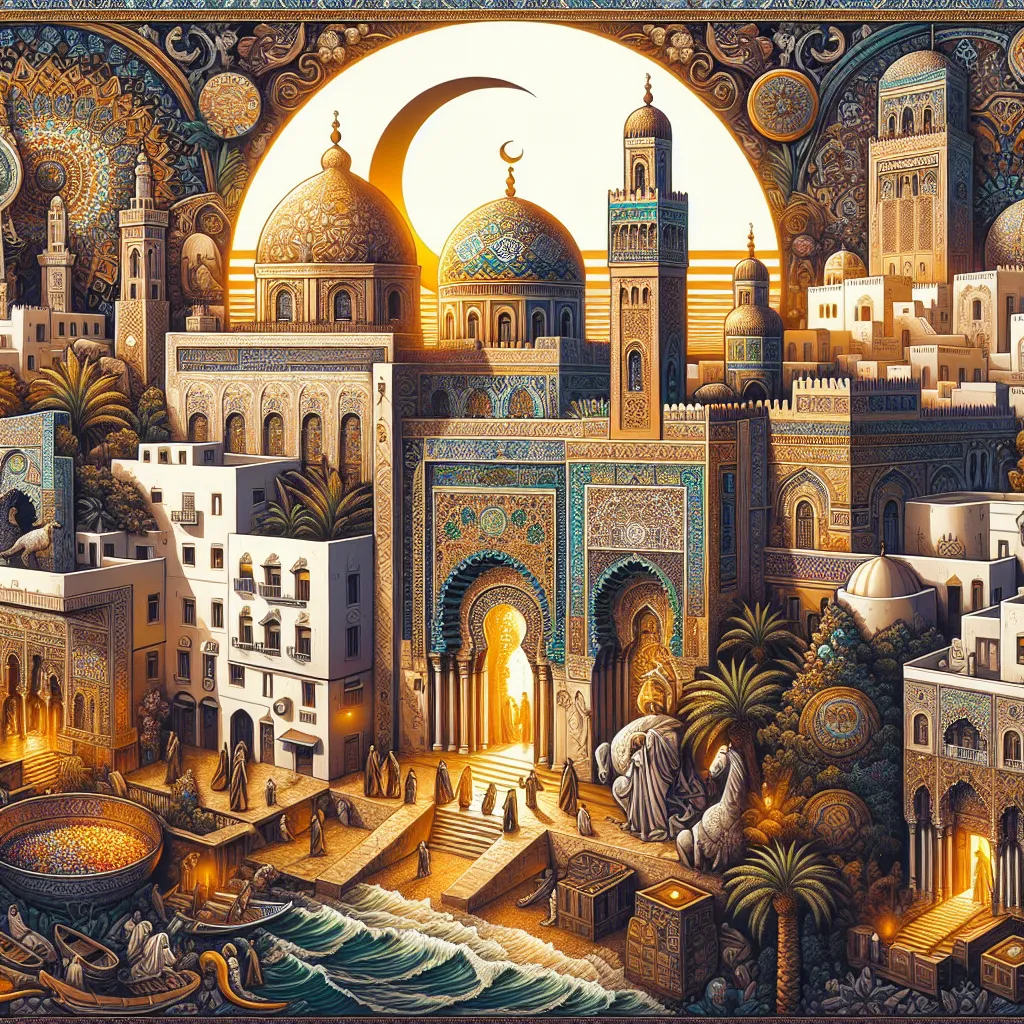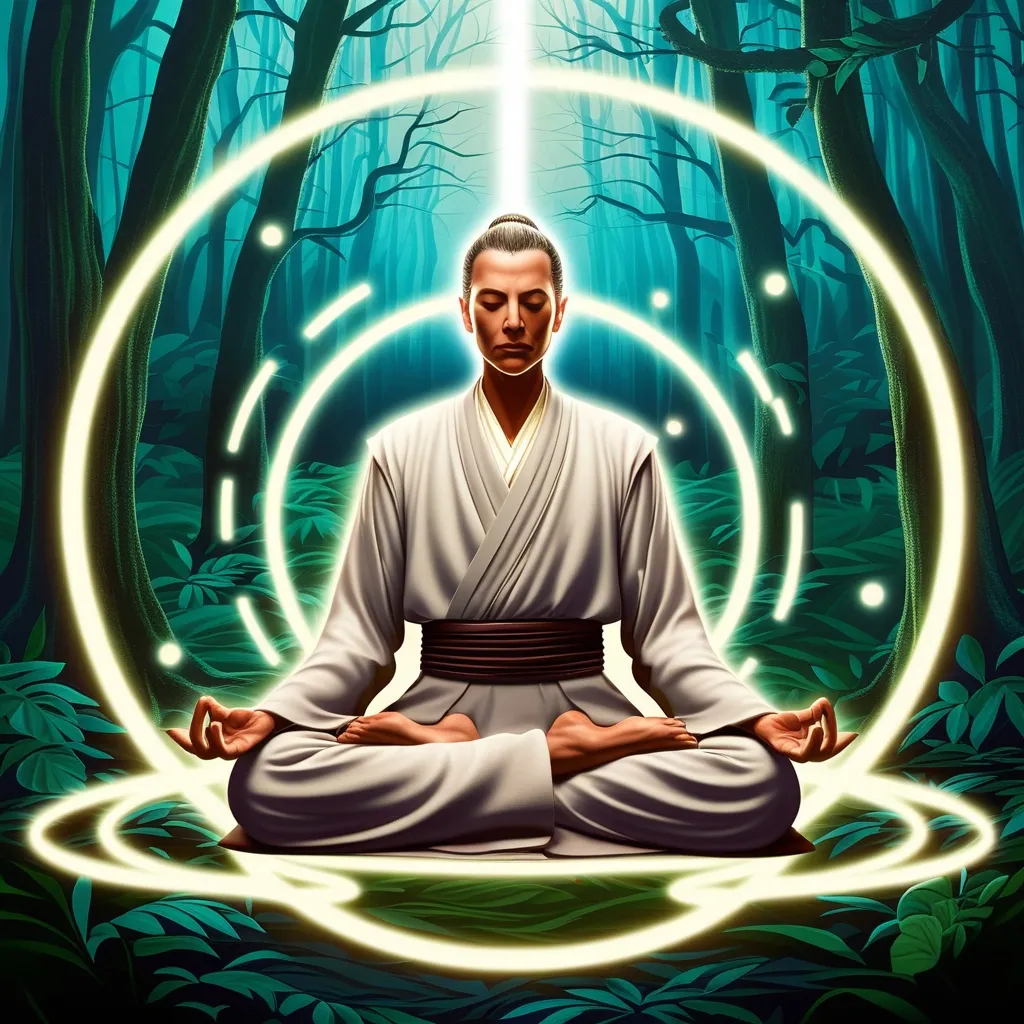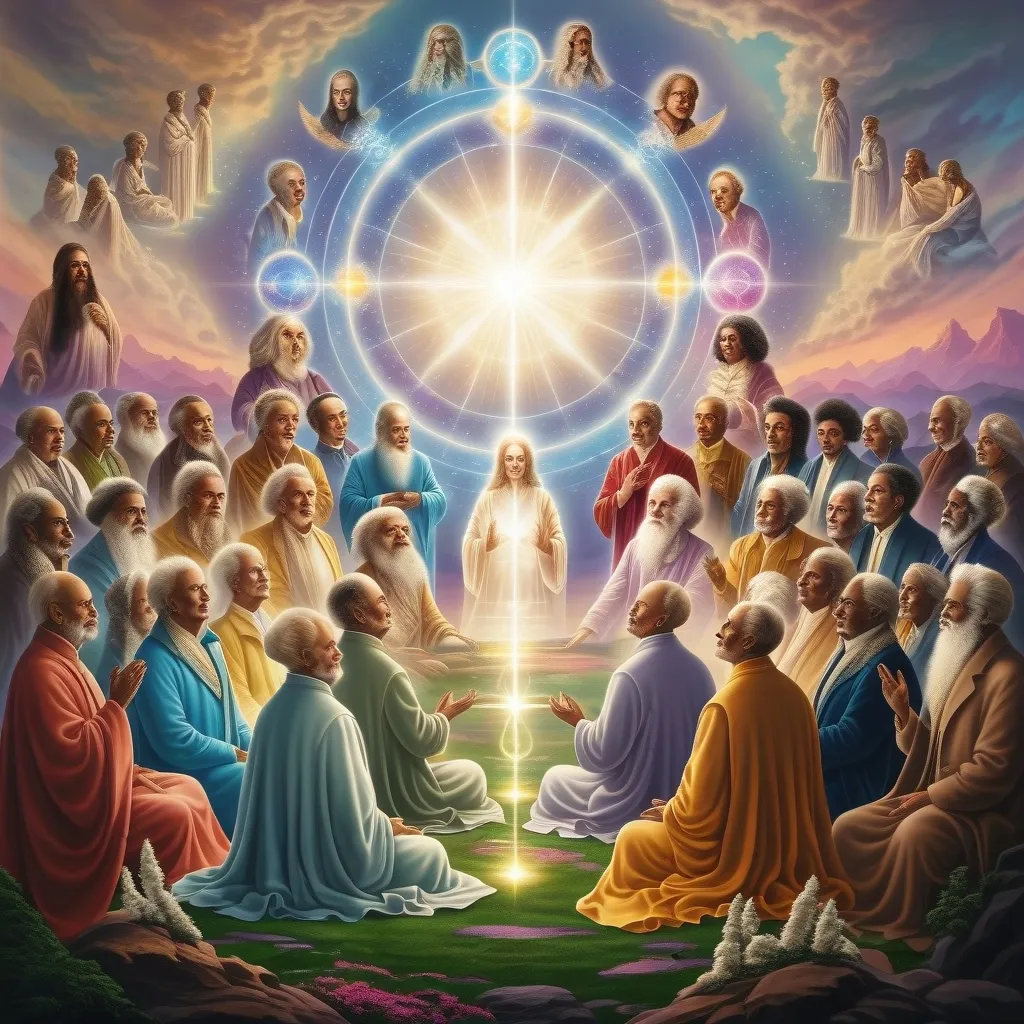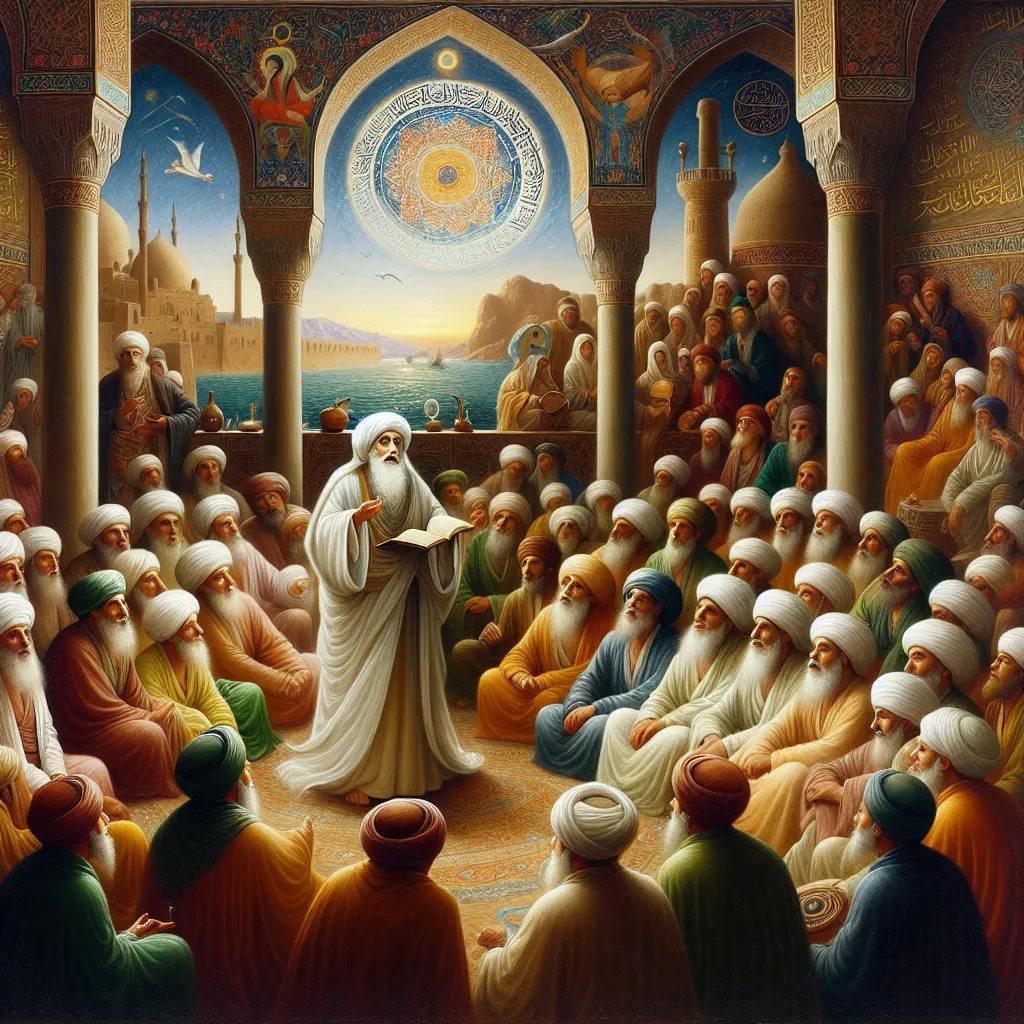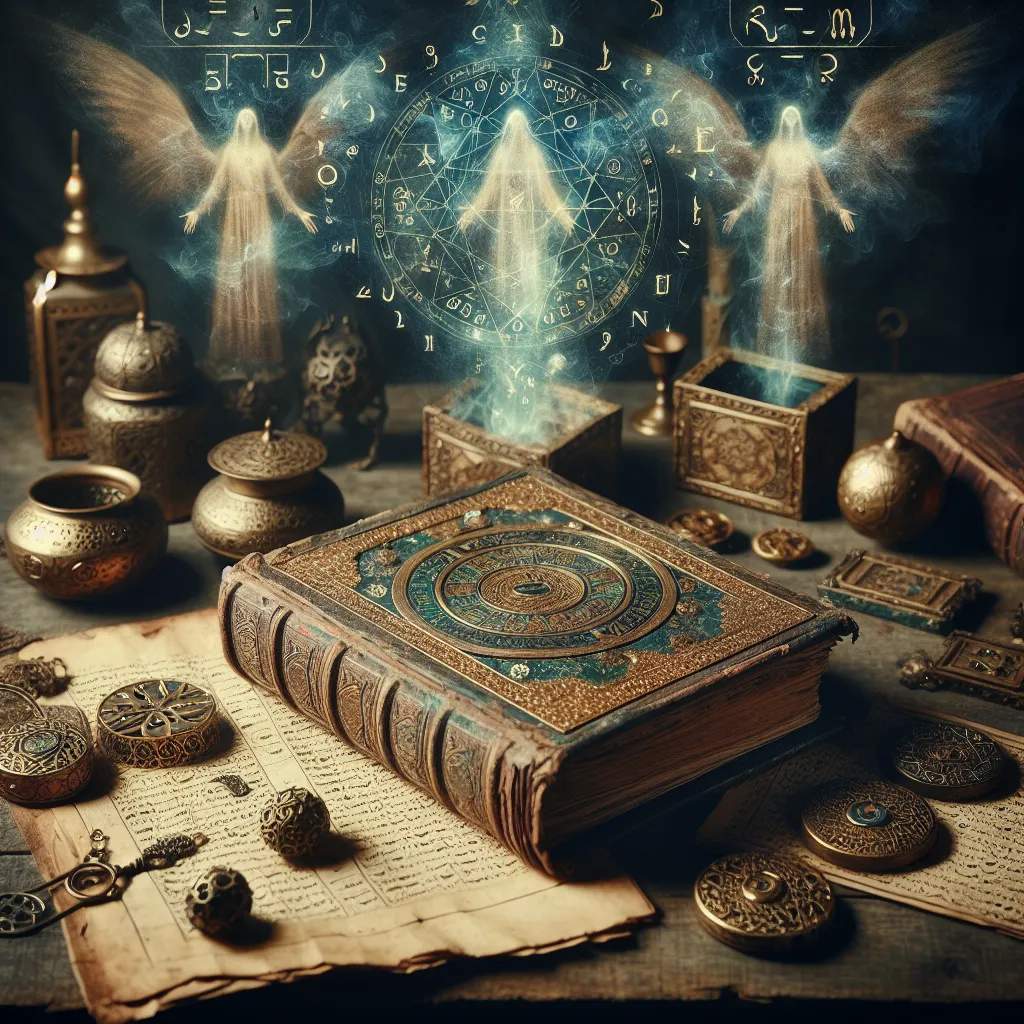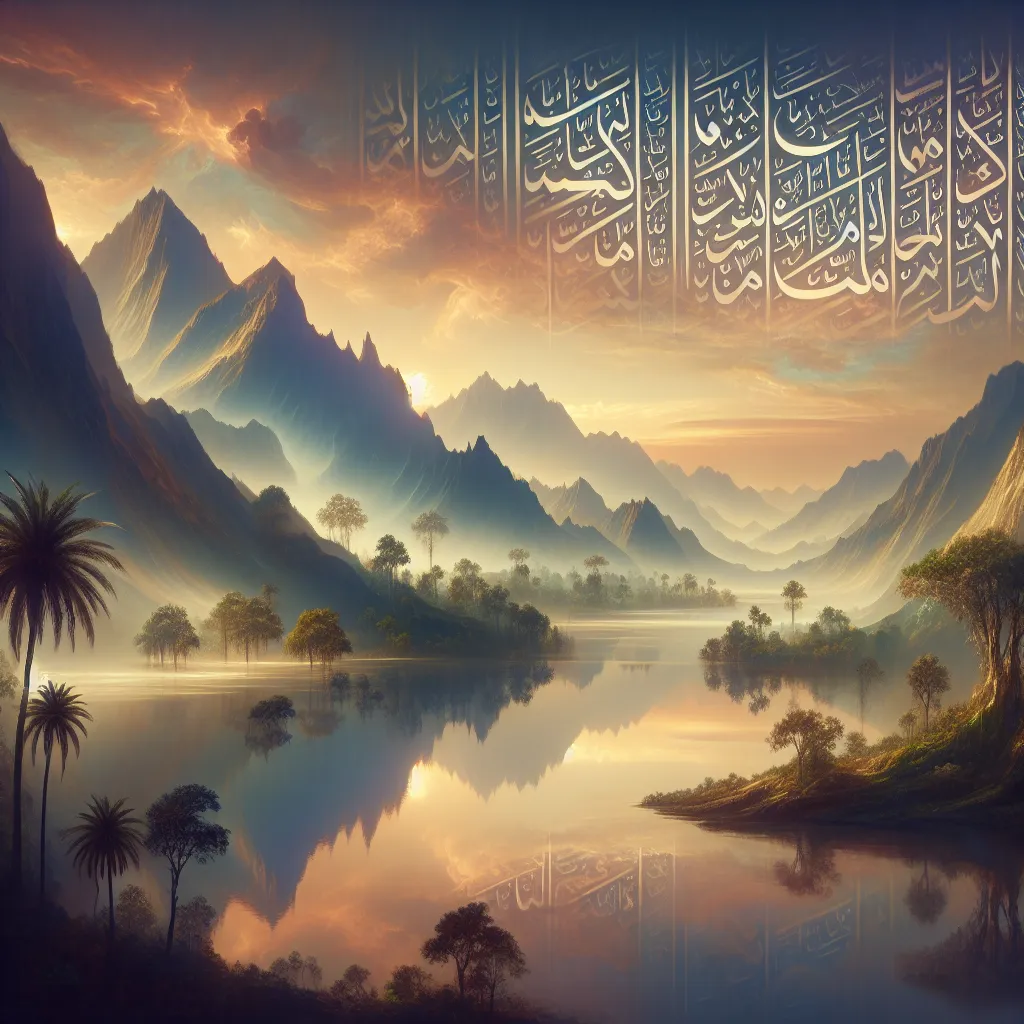After delving deeply into the realms of Sufism and Christian mysticism, it seems only fitting to turn our attention to Jewish mysticism. Often when people think of Jewish mysticism, the term “Kabalah” (or Kabbalah) comes to mind. However, tying Jewish mysticism solely to Kabalah oversimplifies a tradition that’s much richer and more complex.
The broader category of Jewish mysticism encompasses more than just the Kabalah. Throughout history, there have been various forms, each with its unique characteristics. A key scholar, Elliot Wolfson, highlights two central elements of Jewish mysticism: esoteric knowledge and intense religious experiences. These experiences often include heavenly ascents, divine visions, and mystical unions.
Historically, Jewish mystical experiences date back to the biblical prophets. Isaiah’s and Ezekiel’s visions, filled with overwhelming divine imagery, can be described as early forms of Jewish mysticism. This prophetic tradition evolved with time, particularly during the medieval period with thinkers like Maimonides, who saw prophecy as an ultimate mystical experience.
As we move forward in Jewish history, we encounter apocalyptic literature like the Book of Enoch. This book describes the mystical heavenly ascents and transformations of its protagonist, Enoch, into the angel Metatron—early evidence of Jewish mystical ascent literature.
In the first few centuries AD, a particular type of Jewish mysticism known as Merkabah (chariot) and Heikhalot (palaces) mysticism became prominent. Rooted in Ezekiel’s vision of God’s chariot, this form of mysticism involved ascents into divine realms filled with complex and vivid imagery. Rabbis and mystics would engage in rigorous rituals and prayers to achieve these transcendent experiences.
The narrative of Jewish mysticism shifts significantly in the medieval period with the rise of Kabalah. The seminal works like Sefer Yetzirah and Sefer HaBahir laid foundational ideas. Sefer Yetzirah explored creation through Hebrew letters and mysterious entities called Sefirot. Sefer HaBahir introduced more explicit concepts that later defined theosophical Kabalah, which concerns the structure of the divine world and how God interacts with creation through these emanations called Sefirot.
The 13th century Kabalah, prominently marked by the Zohar, added rich, detailed commentary connecting divine realities with human practices. The Zohar became the gold standard of Jewish mysticism, focusing on the relationship between God’s various attributes (Sefirot) and the world’s structure.
Notably, the mystical thought didn’t stop evolving. Figures like Abraham Abulafia introduced ecstatic Kabalah, emphasizing meditative practices aimed at achieving divine union. During the 16th century, Safed became a hub for Kabalah, producing luminary figures like Moshe Cordovero and Isaac Luria. Luria’s ideas of divine contraction (Tzimtzum) and the cosmic repair process (Tikkun) are central to what many understand as modern Kabalah.
Moving into the 18th century, Hasidism emerged, democratizing Jewish mysticism by making its practices accessible to the masses. Rooted in joy, devotion, and a personal connection with God, Hasidism thrived despite historical challenges and remains vibrant today.
Scholarship in the 20th century, especially by Gershom Scholem and Moshe Idel, examined the mysticism in Judaism, particularly debating the idea of mystical union with God. While Scholem downplayed this concept, Idel and others argued for its prevalence across Jewish mystical texts.
Today, Jewish mysticism continues to be diverse and influential, interweaving academic interest with widespread modern practices. From the traditional Kabalah taught in academic and religious institutions to Hasidism’s popular teachings, Jewish mysticism remains a profound, dynamic element of the Jewish faith.
